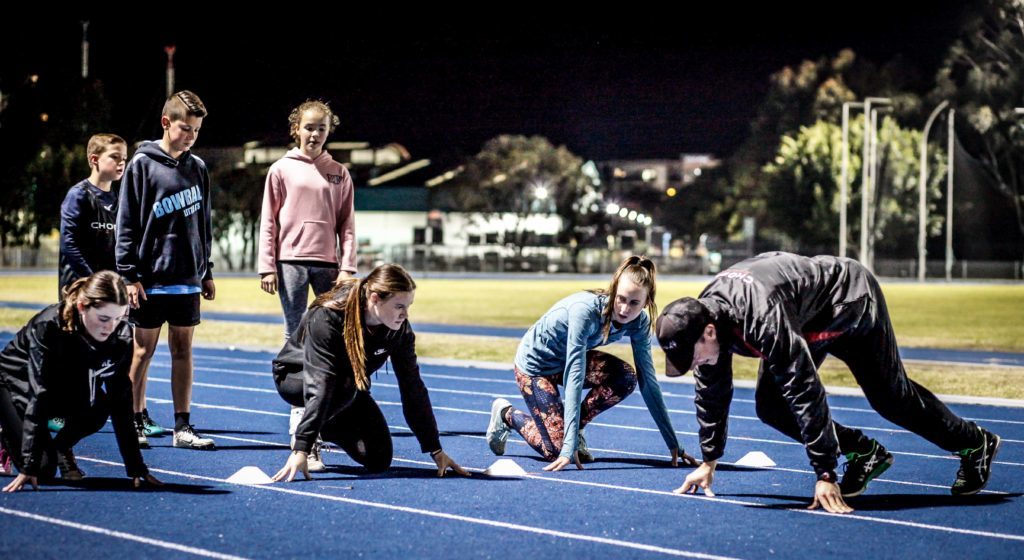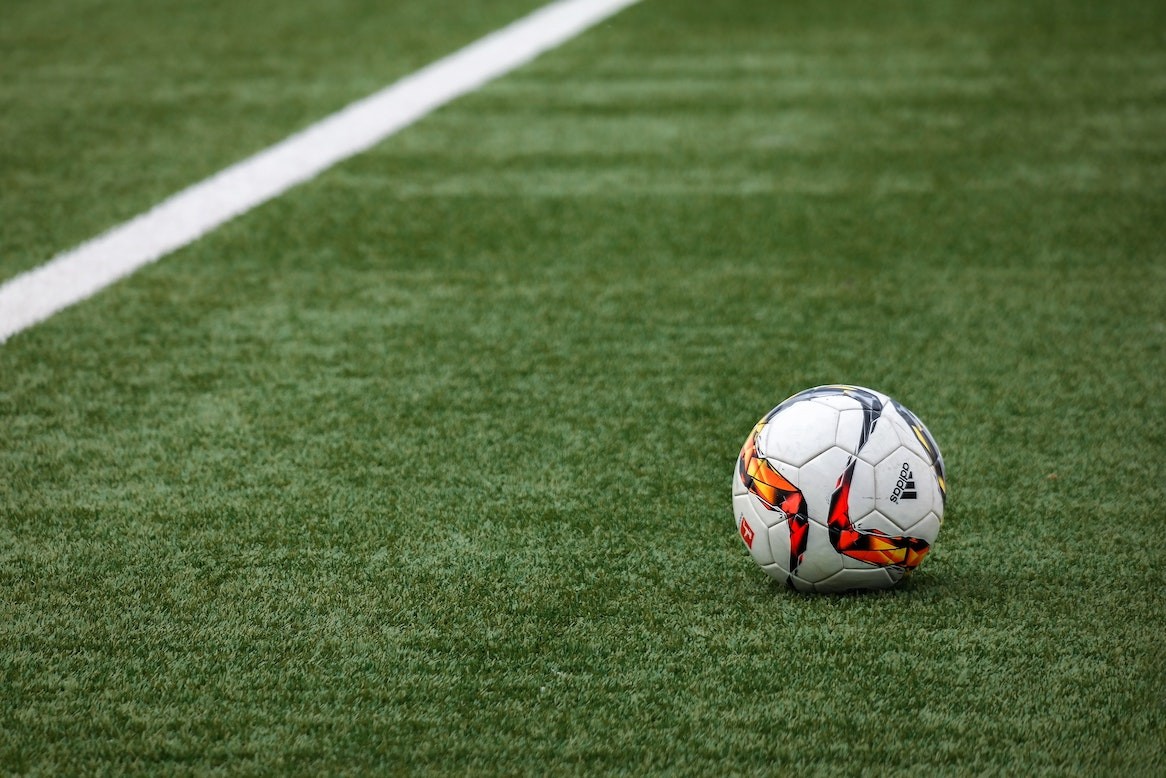Reaching maximums in sports performance requires a large dose of discipline and effort behind it. Or what is the same: good sports training, the planned process that leads athletes to exceed the desired goals.
Do you want to be the personal trainer that takes athletes to the next level? So, you will need to know everything about the principles of sports training and what types of physical activity exist according to each objective. Keep reading, we’ll explain it to you.

What is sports training?
We can define sports training as the pedagogical process that seeks to promote physical and psychological qualities to maximize performance and physical condition.
In other words, the concept of sports training responds to the preparation of athletes, through certain exercises and activities that favor their evolution.
What is sports training for?
Sports training helps athletes bring out the best version of themselves in the practice of physical activity. Likewise, this form of training helps athletes improve their performance and achieve their goals.
Depending on the sporting discipline, training allows the athlete to stimulate physiological processes, progressively promoting their physical capabilities and abilities. From there, science supports it; The benefits of sports training are more than guaranteed:
- Increase performance.
- Increased muscle strength.
- Injury prevention.
- Greater physical resistance.
- Reduction of stress.
- Increased fat burning.
- Better physical and emotional health.
The 7 principles of sports training
Have you ever wondered why trainers plan one or another type of training? The truth is that to schedule a series of exercises suitable for each person/goal, personal trainers apply different principles of sports training, such as the following:
1. Individuality
Each athlete has abilities, objectives, and needs. Hence another of the principles of sports training is individuality. This means that each exercise plan must be adapted to each person, taking into account their sporting career and prospects. Likewise, said planning will be adjusted based on sporting advances and the state individually.
2. Overload
For sports training to be effective, it is essential to generate some fatigue in the athlete. This point of “overload”, to a certain extent, is key to enhancing physical performance and continuing to climb positions in the sport.
3. Progression
A workout should be planned based on how the body adapts to the different stimuli, either by increasing the loads or enhancing the intensity of the exercise. Marking a progression as the athlete acquires skills is key to promoting their evolution and not stagnating. And this, the fact increasing the workload according to progression, also has a positive impact on the athlete’s motivation.
4. Periodization
This principle of sports training means how each period should be planned, based on objectives, seasonality, state of form, and other influencing factors. For example, in the case of training an athlete for a competition, the exercises will be adapted by playing with different intervals, intensities, and loads.
5. Reversibility
This means that if it is not maintained over time, sports training will not provide the benefits we are looking for. Discipline and perseverance are the basis for maximizing physical performance and excelling in sports.
6. Specificity
The more practice, the better the brand. If an athlete wants to improve speed, he should focus on it. Is the goal to be the best on wheels? Well, cycling work should be the focus of most of the training. This does not mean that other types of activities can be introduced, for example, the option of cross-training for runners is interesting, which can complement running with cycling and swimming.
7. Recovery
It is as important to perform during exercise as it is to respect rest. The muscles need to recover so that the next training sessions are of quality, prevent injuries, and have good physical health. Otherwise, it is common to end up falling into overtraining which we should avoid.
Types of sports training
- Aerobic or resistance training, such as swimming or running.
- Strength or anaerobic training, such as weight training.
- Functional training, such as CrossFit, where agility is enhanced, as well as strength.
- HIIT training combines the practice of high-intensity exercises in short intervals of time.
- Power training, such as boxing or athletics.



